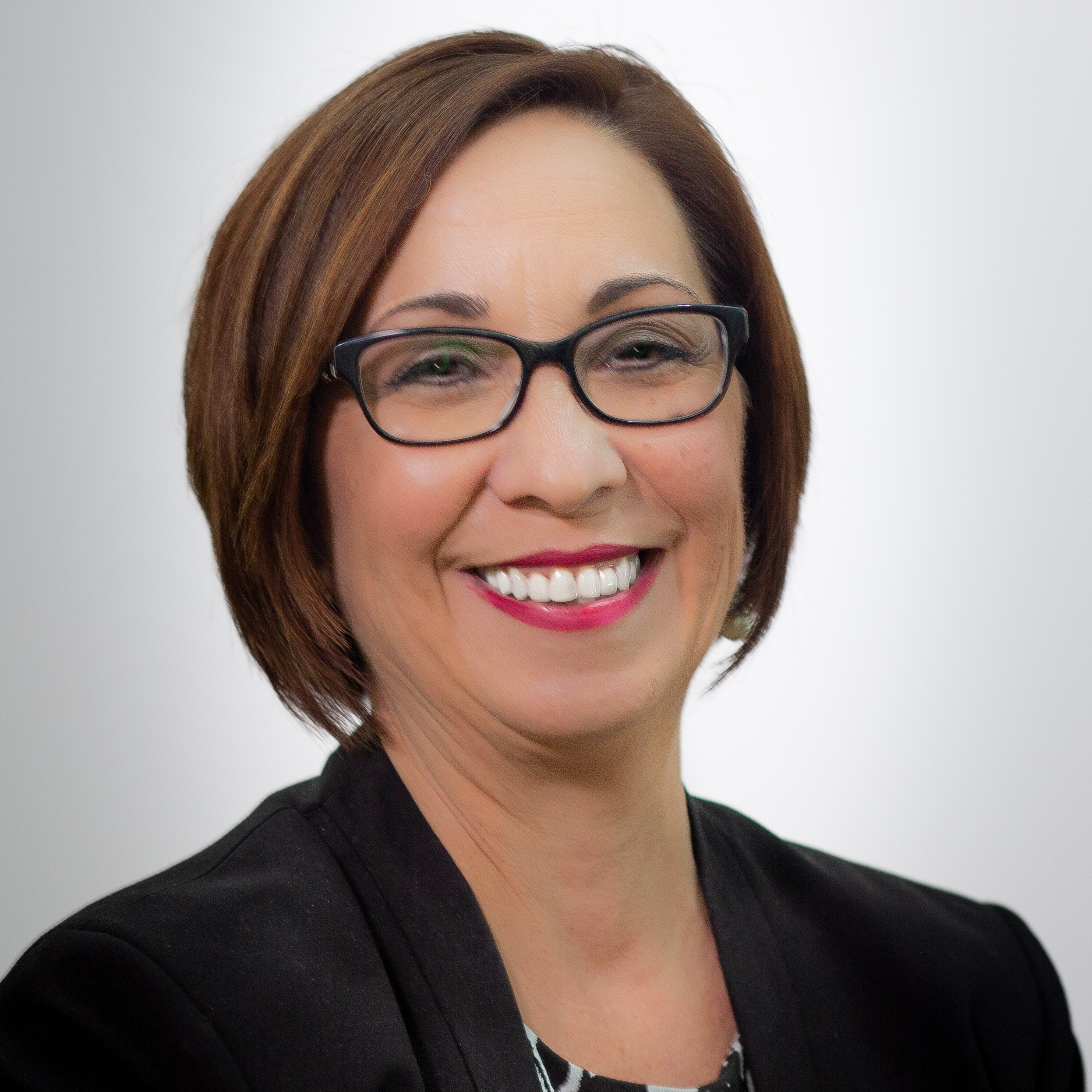New Mexico Approves Master of Science in Anesthesia Program at UNM

Practice in the Pandemic
UNM Sandoval Regional Medical Center Finds New Ways to Provide Health Care Amid COVID-19 Crisis
UNM Sandoval Regional Medical Center (SRMC), a 60-bed community hospital located in Rio Rancho's City Center, has provided state-of-the-art health care to thousands of Sandoval County residents since it opened in the summer of 2012.
But like hospitals throughout the U.S., it faced unprecedented challenges when the COVID-19 pandemic began to sweep through the country earlier this year. Operations needed to be rapidly redesigned to accommodate an influx of critically ill patients while protecting staff, providers and other patients from the risk of infection.
"We have redesigned our entire enterprise over the last three months," said Jamie Silva-Steele, RN, MBA, SRMC's president and CEO. "That's everything from developing new points of entry and screening processes for staff providers and patients, to canceling elective cases so that we could preserve PPE and ensure we have what we need for the surge times."
The process started with the opening of an emergency operations center in early March. Senior staff members started planning to provide additional beds in the event the hospital saw a surge of COVID patients, devising ways to extend the PPE supply and implementing rigorous infection control measures, among other tasks.
Nearly a thousand surgeries, colonoscopies and other procedures deemed non-critical were canceled or postponed - accounting for about 50% of the hospital's revenue stream - to ensure the hospital had enough capacity to receive high-acuity COVID patients and reserve the supply of PPE for personnel caring for the sickest patients.
That surge seems to have passed - at least for the time being, Silva-Steele said. The hospital is winding down its emergency response and starting to reopen its operating rooms and clinics.
"We saw the highest volumes in mid to late April," she said. "What we're focused on now is the recovery phase, and just starting that up slowly to make sure that we can manage COVID patient volume while maintaining our standard activity."
Phase I of the recovery plan is already underway, Silva-Steele said. "By the first of July, we should be able to be back to what our pre-COVID volume was, and will focus on growing into our FY 21 volume."
The sudden cancellation of most clinical activity has had a severe short-term impact on SRMC's bottom line, Silva-Steele said. "When we looked at all the variables impacting our bottom line, we knew we had an $8 million-plus gap," she says.
The hospital has taken a number of measures to offset the losses. It has received two federal stimulus payments totaling $1.7 million. It has also received a $7 million advance from Medicare, which covers short-term cash needs, but it will need to be paid back later this year.
SRMC also hopes to save $1.6 million per year by refinancing its mortgage, Silva-Steele said, and has received $200,000 in advanced payments from the state in Disproportionate Share Funding.
It has also taken steps to evaluate all open positions, defer hiring and eliminate overtime, with an impact of more than $450,000. To further defray expenses, the Sandoval County Commission recently voted to reallocate about $2.9 million in mill levy funding to cover SRMC's COVID-related losses.
The diversion of funds means SRMC will temporarily postpone plans to augment its trauma service to achieve Level III designation and implement a behavioral health crisis intervention team, but Silva-Steele hopes the delay will only be for a few months until clinical revenues start to fill the gap.
"Traumas aren't going to stop, so we need to have the services to take that patient volume," she said. "If we can increase our operating room, clinics and diagnostic areas and get back to our volume targets, then I think we can grow our way out of it."
Going forward, Silva-Steele said, COVID-19 will likely be a constant concern for health care providers. "We're going to have it in our lives," she said. The good news is all the planning that has gone on over the past few months will pay off over the long run.
"The beauty is that we have a plan now that can quickly be tweaked, versus trying to build it from the ground up."
